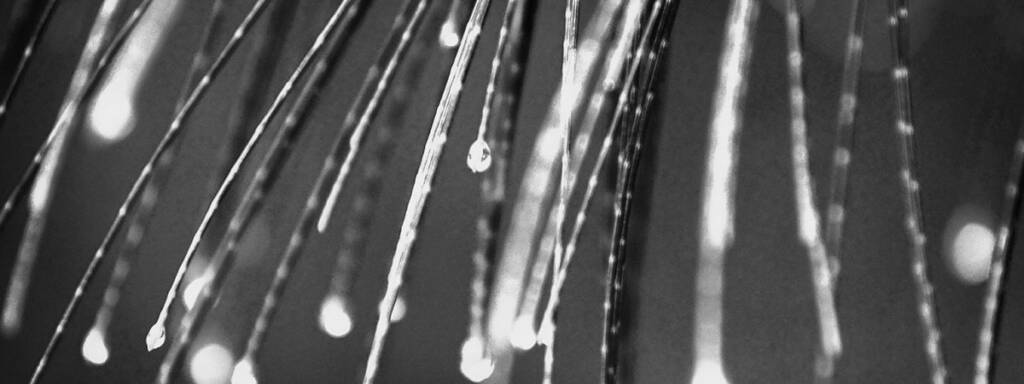
Neurodesign harnesses insights from neuroscience to create more intuitive and effective interfaces. As businesses strive to differentiate themselves in a saturated digital marketplace, understanding the brain’s response to various design solutions can be a game-changer.
The Science Behind the User Experience
Neuroscience studies how the brain processes information, providing invaluable data on how users perceive, understand, and interact with digital interfaces. By applying these insights, designers can craft experiences that align more closely with natural human cognitive patterns. For instance, certain colors can trigger emotional responses, while well-structured layouts can reduce cognitive load, making information processing smoother and faster.
Practical Applications of Neurodesign
As an example, the concept of Priming is rooted in cognitive psychology. It describes how prior stimuli can subtly influence subsequent behaviors and decisions, often without the user’s conscious awareness. In web design, the strategic placement of elements can prime users for certain actions. Consider the common scenario on e-commerce sites where a coupon code field at checkout prompts users to pause their purchase and search for a coupon, even if they hadn’t initially intended to do so. This reaction is not merely about saving money; it’s influenced by the subtle suggestion that a better deal is available, which can trigger a fear of missing out. Some other fields of application include:
- Attention Guidance: Neurodesign can direct users’ attention to key elements of a website or app. Design elements such as contrasting colors or dynamic animations can highlight important features, guiding the user through a desired journey.
- Memory Retention: Effective neurodesign can help improve retention rates. Strategic use of imagery and storytelling, anchored in emotional contexts, can make a brand more memorable. Incorporating elements that tap into the emotional centers of the brain enhances recall and brand recognition.
- Decision Making: Simplifying the decision-making process is crucial for conversion rates. Neurodesign focuses on decluttering layouts and emphasising clear, actionable steps that align with decision-making pathways in the brain.
Incorporating Neurodiversity into Neurodesign
The rise in diagnoses of neurodivergent conditions such as autism spectrum disorder (ASD) and attention deficit hyperactivity disorder (ADHD) underscores the growing need to consider neurodiversity in UX design. Driven by both genetic and environmental factors, an estimated 15-20% of the world’s population exhibits some form of neurodivergence.1-3 A study in 2021 noted a staggering 787% increase in autism diagnoses from 1998 to 2018 in the UK4, highlighting the expanding recognition of neurodivergence within the population.
Why Neurodesign Matters for Neurodiversity
Neurodivergent individuals experience the world differently due to variations in brain function that can affect everything from sensory processing to organisation skills. Despite the challenges coming with these differences, neurodivergent individuals often bring unique strengths to the table, such as enhanced problem-solving abilities and innovative thinking, especially prevalent in STEM fields5-6.
Neurodesign can help to make digital environments more accessible and accommodating for neurodivergent users. By applying principles that cater to a broad spectrum of cognitive styles and sensory sensitivities, designers can create more inclusive products that not only improve usability for neurodivergent individuals but also enhance the user experience for everyone.
Strategies for Implementing Neuroinclusive Design
- Sensory Adaptability: Introducing settings that allow users to customise their sensory experiences—such as adjusting color schemes, font sizes, or audio cues—can make digital platforms more accessible to individuals with sensory sensitivities.
- Cognitive Clarity: Streamlining navigation and reducing cognitive load can benefit users with executive functioning challenges. Clear, concise, and predictable layouts help to reduce anxiety and improve understanding.
- Feedback Systems: Implementing robust feedback mechanisms that allow users to report usability issues can help designers refine their approaches based on real user experiences, particularly those of neurodivergent individuals.
Future Directions and Ethical Considerations
Looking ahead, as we gain deeper insights into the brain, the scope for neurodesign is vast. Emerging technologies like eye-tracking and facial recognition can provide real-time feedback on user emotional states, opening new frontiers for personalised experiences.
While exploring its potential we should also consider the ethical dangers of applied neuroscience. Designers must navigate the fine line between persuasive design and manipulative practices. The goal should be to enhance user experience, not exploit cognitive vulnerabilities.
Conclusion
In conclusion, as we stand on the brink of a new era in digital design, the integration of neuroscience and UX holds untapped potential to revolutionise how we interact with technology. Leveraging scientific findings to accommodate neurodiversity leads to better, more inclusive products, and while fostering innovation and engagement, businesses can reach larger audiences.
References:
- Doyle N. Neurodiversity at work: A biopsychosocial model and the impact on working adults. Br Med Bull; 2020.
- Centers for Disease Control and Prevention. Autism Spectrum Disorder Data and Statistics, 2022. Atlanta, Georgia: U.S. Department of Health and Human Services, Centers for Disease Control and Prevention.
- Wei X, Yu JW, Shattuck P, et al. Science, technology, engineering, and mathematics (STEM) participation among college students with an autism spectrum disorder. J Autism Dev Disord. Jul 2013; doi:10.1007/s10803-012-1700-z.
- Ginny Russell, Sal Stapley, Tamsin Newlove-Delgado, Andrew Salmon, Rhianna White, Fiona Warren, Anita Pearson, Tamsin Ford Time trends in autism diagnosis over 20 years: a UK population-based cohort study, 2021.
- Centers for Disease Control and Prevention. Attention-Deficit / Hyperactivity Disorder (ADHD) Data and Statistics, 2021. Atlanta, Georgia: U.S. Department of Health and Human Services, Centers for Disease Control and Prevention.
- Austin RD, Pisano GP. Neurodiversity as a Competitive Advantage. Harvard Business Review, 2017.
